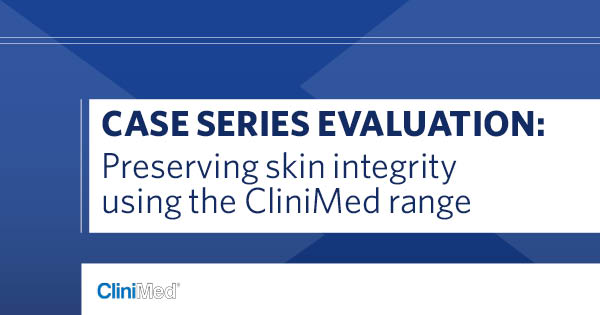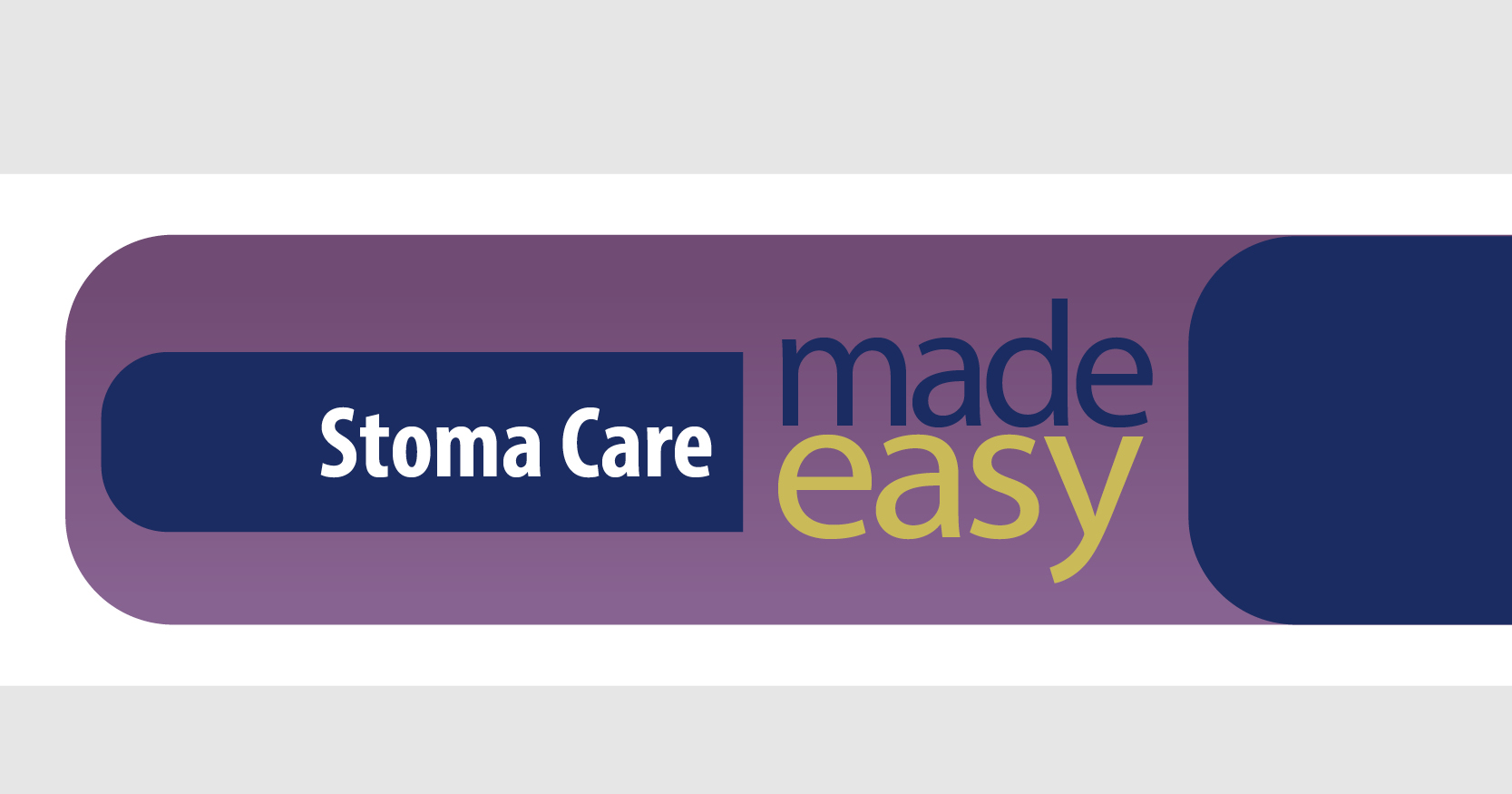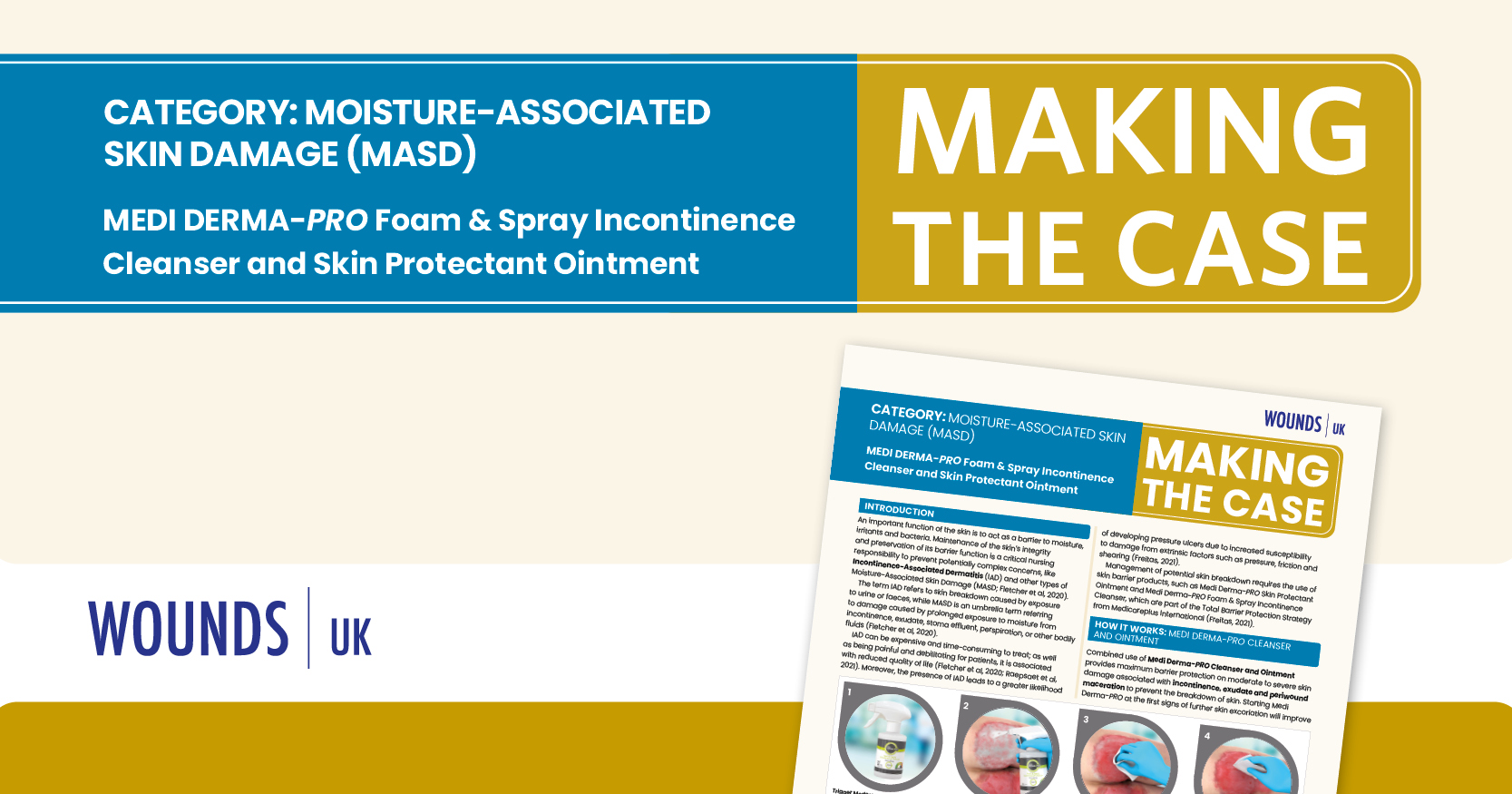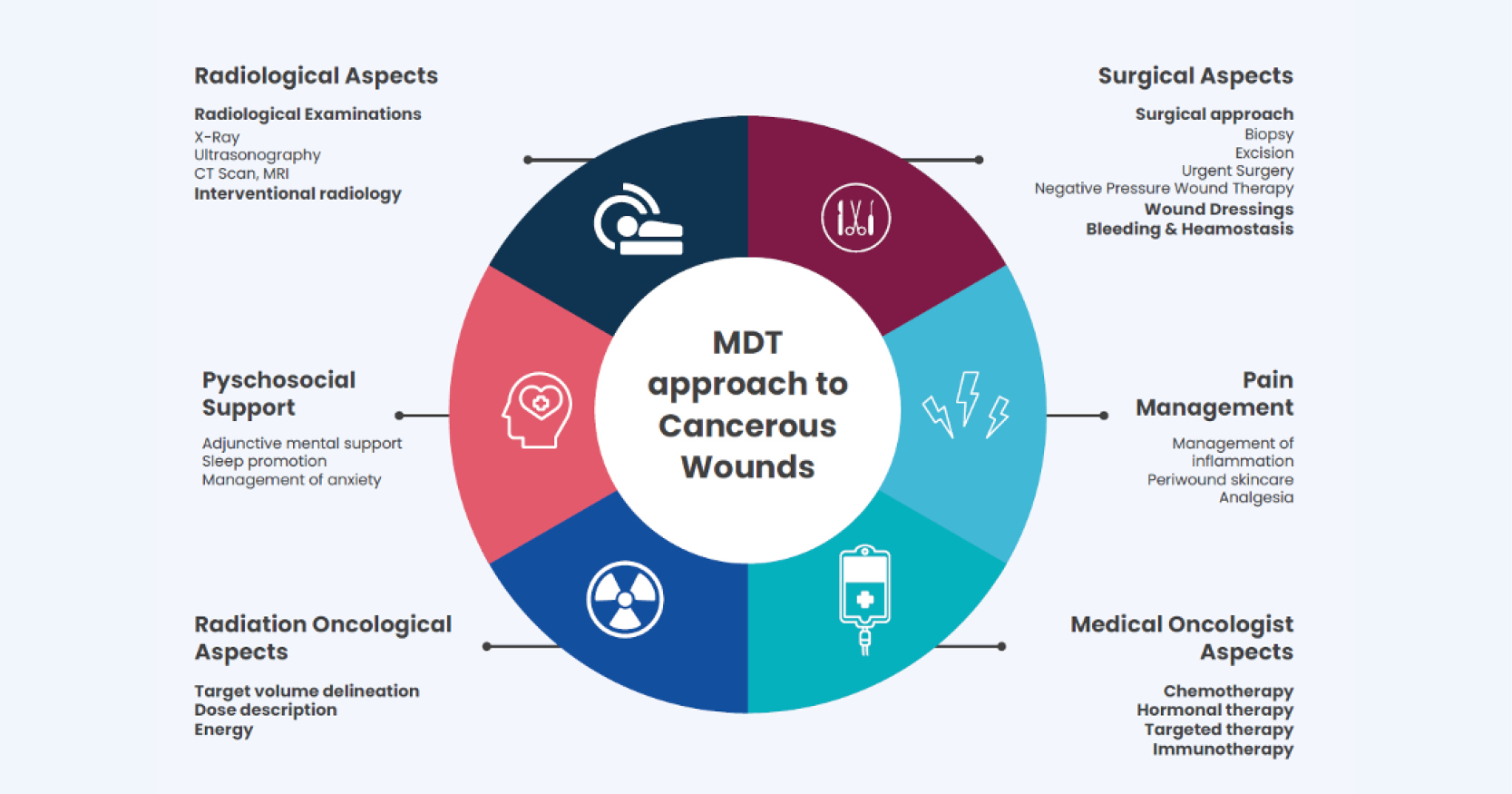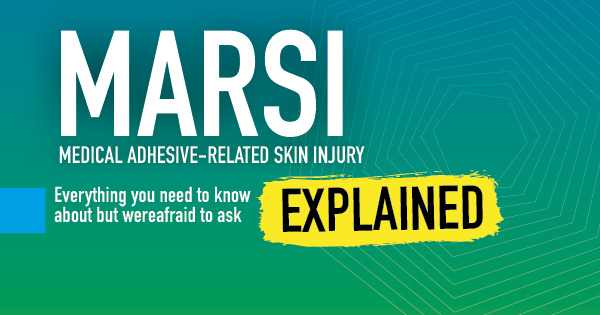ReferencesBeeckman D, Campbell J, Campbell K et al (2015) Proceedings of the Global IAD Expert Panel. Incontinence-associated dermatitis: moving prevention forward. Wounds International. Available from www. woundsinternational.com
Beeckman D (2017) A decade of research on Incontinence-Associated Dermatitis (IAD): Evidence, knowledge gaps and next steps. J Tissue Viability 26(1): 47–56
Cooper P (2010) Appeel® Sterile sachet: helps remove pain from a dressing change. Wounds UK 6(2): 100–6
Cowdell F, Radley K (2012) Maintaining skin health in older people. Nursing Times 108(49): 16–20
Dowsett D, Allen L (2013) Moisture associated skin damage made easy. Wounds UK 9(4). Available from: www.wounds-uk.com/made-easy
Fleming L, Zala K, Ousey K (2014) Investigating the absorbency effects of LBF barrier cream. Wounds UK 10(2): 24–30
Gray M, Black JM, Baharestani MM et al (2011) Moisture-associated skin damage: overview and pathophysiology. J Wound Ostomy Continence Nurs 38(3): 233–41
LeBlanc K, Campbell K, Beeckman D et al (2018) Best practice recommendations for the prevention and management of skin tears in aged skin. London: Wounds International. Available from www.woundsinternational.com
McNichol L, Bianchi J (2016) Medical adhesive-related skin injuries (MARSI) Made Easy. London: Wounds UK. Available from www.wounds-uk.com
Moncrieff G, Cork M, Lawton S et al (2013) Use of emollients in dry skin conditions: consensus statement. Clin Experimental Dermatol 38(3):231-8
NHS Clinical Evaluations Team (2017) Clinical review: skin barrier film. NHS Business Services Authority, London. Available from https://www.nhsbsa.nhs.uk/sites/default/files/2017-11/Skin%20Barrier%20Films%20-%20Final%20%20Report%20%28V1.2%29%2011.2017.pdf (accessed 19.12.19)
Reevell G, Anders T, Morgan T (2016) Improving patients’ experience of dressing removal in practice. J Comm Nurs 30(5): 44–9
Taroc AM (2017) A guide for adhesive removal: principles, practice, and products. American Nurse Today 12(10)
Wounds UK (2018) Best Practice Statement Maintaining skin integrity. London: Wounds UK. Available from www.wounds-uk.com
Young T (2017) Back to basics: understanding moisture-associated skin damage. Wounds UK 13(4): 56–65

